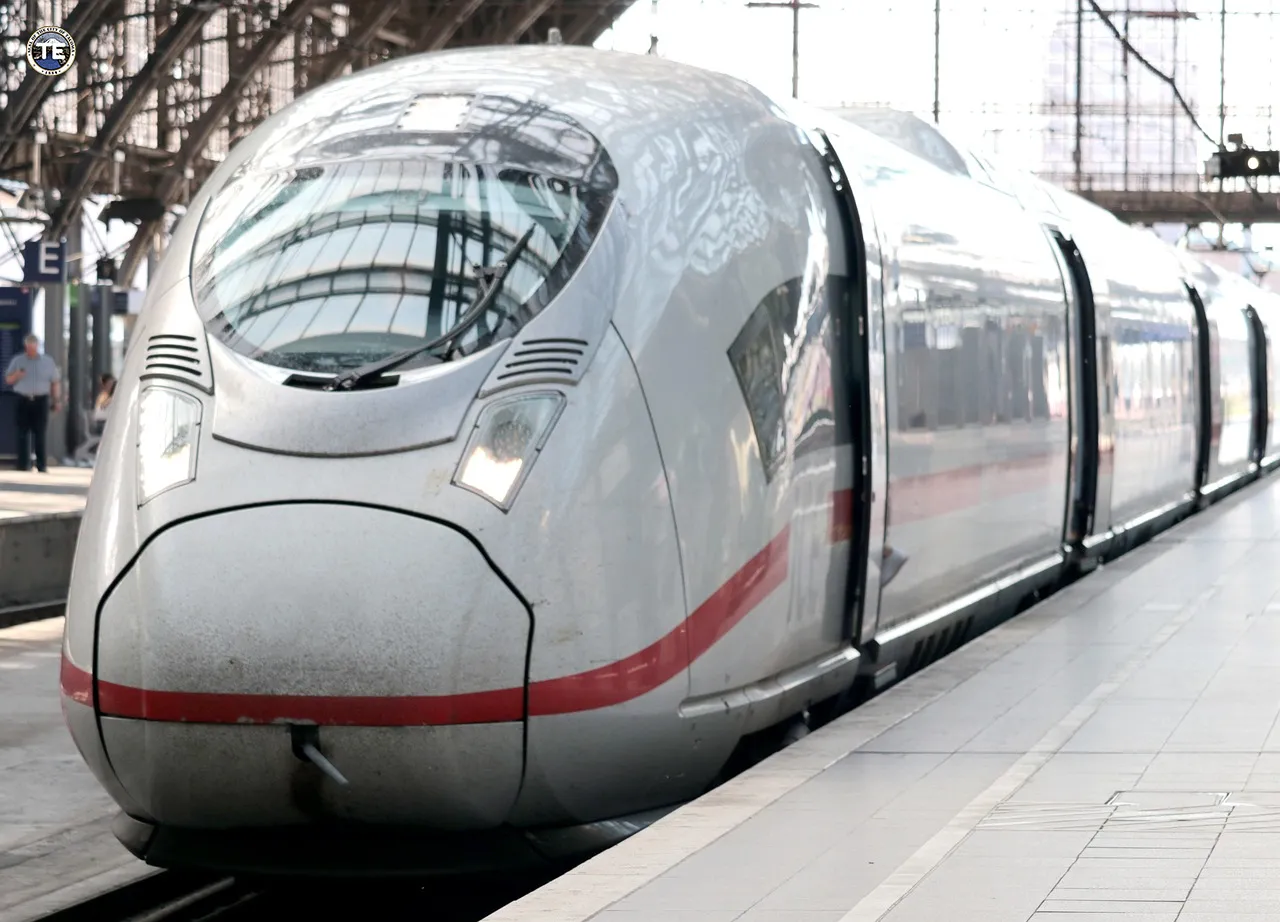The Department of Government Efficiency (DOGE) has targeted California's high-speed rail project in a bold move to enhance governmental efficiency. Once hailed as a transformative infrastructure project, this initiative now faces significant scrutiny for its prolonged delays and escalating costs. Under President Donald Trump's administration, DOGE aims to cut through the bureaucratic red tape that has entangled the project for over a decade, seeking to optimize operations and reduce wasteful spending.
The high-speed rail project, initially approved by California voters more than 15 years ago, promised a revolutionary transportation system connecting major metropolitan areas. However, the project's timeline has stretched far beyond initial projections, and costs have ballooned, raising concerns among taxpayers and government officials alike. DOGE's intervention marks a significant step in addressing these issues and fostering accountability within public projects.
California's High-Speed Rail: A Troubled Journey
Since its inception, the California high-speed rail project has been fraught with challenges. Originally envisioned to connect Los Angeles with San Francisco in under three hours, the project has encountered numerous obstacles, including regulatory hurdles, land acquisition disputes, and funding shortfalls. Only a fraction of the planned 520-mile network has been completed today, and costs have spiraled to over $100 billion—triple the initial estimate.
According to a California High-Speed Rail Authority report, complex environmental reviews and legal battles with landowners have exacerbated construction delays and budget overruns. These challenges have hindered progress, prompting skepticism about the project's feasibility. DOGE's involvement seeks to address these systemic inefficiencies by streamlining processes and ensuring better oversight.
DOGE's Role in Streamlining Bureaucracy
The Department of Government Efficiency, established under the Trump administration, has been tasked with identifying and eliminating inefficiencies within federal and state projects. By focusing on California's high-speed rail, DOGE aims to cut through the bureaucratic maze that has contributed to the project's prolonged delays. This includes reviewing regulatory requirements, accelerating decision-making processes, and enhancing inter-agency communication.
DOGE officials have emphasized the importance of accountability and transparency in public projects. “Our goal is to ensure taxpayers' money is spent wisely and efficiently,” said DOGE Director John Smith. “By reducing unnecessary red tape, we can expedite project completion and deliver on the promise made to California voters.”
Expert Insights on Project Revitalization
Transportation and infrastructure experts have weighed in on DOGE's efforts to revitalize the high-speed rail project. Many agree that streamlining processes and improving coordination between agencies are crucial to overcoming current challenges. Professor Emily Johnson, a transportation policy expert at Stanford University, noted that “simplifying regulatory procedures and enhancing collaboration can significantly reduce delays and costs.”

However, some experts caution against oversimplification. “While efficiency is important, we must also ensure that environmental and safety standards are upheld,” warned Dr. Michael Lee, an infrastructure consultant. Balancing efficiency with compliance remains a key challenge for DOGE as it navigates the complexities of large-scale infrastructure projects.
Potential Impacts on Future Projects
DOGE's intervention in California's high-speed rail could serve as a blueprint for future infrastructure endeavors across the United States. By demonstrating the benefits of streamlined processes and effective oversight, the department aims to inspire similar reforms in other states. This could lead to more efficient project delivery, reduced costs, and increased public confidence in government-led initiatives.
The high-speed rail project, once a symbol of California's ambitious vision for the future, now stands at a crossroads. DOGE's involvement offers hope for revitalizing the project and fulfilling its promise. As the department works to untangle the bureaucratic web, stakeholders remain cautiously optimistic about finally achieving a high-speed rail system that meets the needs of California's growing population.
As DOGE continues to clean up government inefficiencies, the lessons learned from California's high-speed rail project could pave the way for a new era of streamlined, accountable, and effective public infrastructure development.

Carl Riedel is an experienced writer and Open Source Intelligence (OSINT) specialist, known for insightful articles that illuminate underreported issues. Passionate about free speech, he expertly transforms public data into compelling narratives, influencing public discourse.













